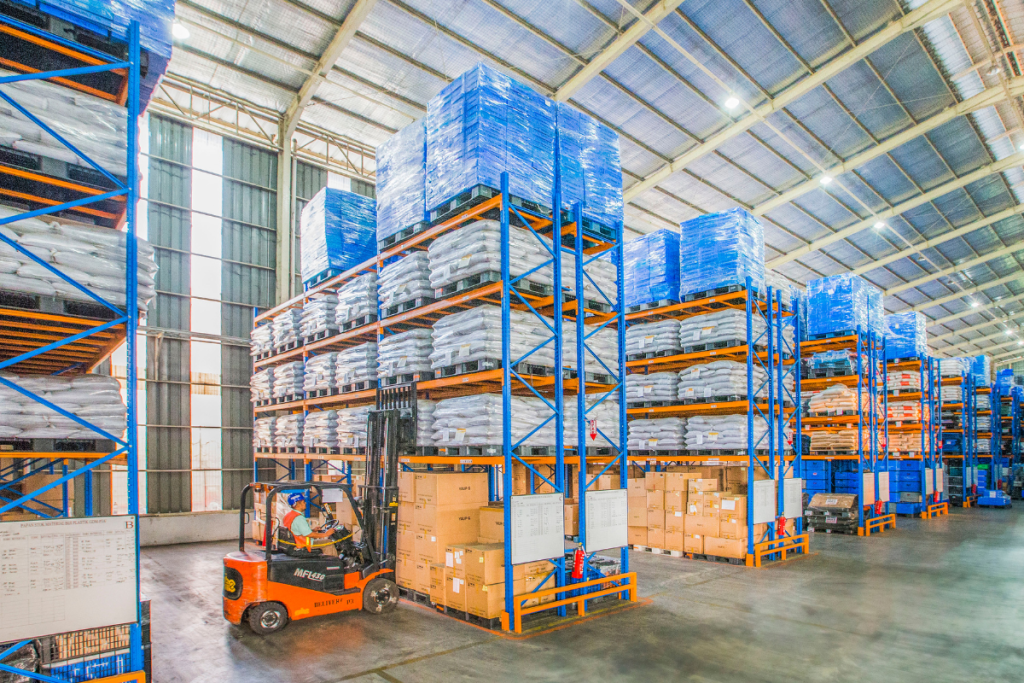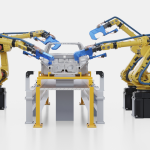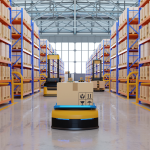Manufacturers are reporting tangible gains from smart manufacturing, up to 20% in production output and employee productivity, yet many still struggle to scale these initiatives. Deloitte’s 2025 study shows that while investment is strong, the ability to convert technology into consistent performance hinges on operational discipline, workforce readiness, and risk governance.
Efficiency Gains Highlight Implementation Divide
Manufacturers are seeing results from smart manufacturing initiatives. According to Deloitte’s Navigating Challenges to Implementation report, the promise of smart manufacturing is materializing. Among the 500+ executives surveyed, most reported noticeable improvements in key performance areas: a 20% boost in production output, a 15% increase in capacity, and similar gains in workforce productivity.
Capital allocation reflects the momentum. 78% of executives say they are putting more than 20% of their operational improvement budgets toward smart factory investments. Over the next two years, the top areas of focus are process automation (46%), physical automation (37%), and factory synchronization (24%).
Despite this progress, implementation remains uneven. Many firms are unable to replicate success across sites or functions due to workforce gaps, poor integration, or lack of execution discipline. Gains are often limited to facilities where operational practices are closely aligned with technology deployment. Operations leaders must ensure automation is fully integrated into production planning, scheduling, and asset utilization strategies.
Talent Shortages and Cyber Risk Undermine Momentum
Labor remains a constraint. 48% of manufacturers face challenges hiring for production and operations management roles. Nearly half also report low maturity in workforce readiness, despite growing interaction between staff and AI-driven systems.
35% of executives expressed concern over whether employees are adequately trained to work with advanced technologies. While 48% have formal training programs, execution lags behind intent.
Operational risk is rising in parallel. 65% ranked it as a top concern, citing business disruption and failed initiatives. Meanwhile, 40% of companies reported six to ten cybersecurity breaches in the past year. On the technology side, 29% of respondents are using AI or machine learning at a network or facility level. 24% have deployed generative AI, and a further 38% are running pilots. Yet many lack the governance needed to manage the risks that come with scaling digital systems.
Automation without governance introduces fragility. For operations leaders, managing this balance, between innovation and reliability, requires treating risk oversight as a core operational competency. This includes ensuring technology rollouts don’t compromise uptime, throughput, or asset performance.
Scaling Performance Remains Elusive
Smart manufacturing is yielding measurable improvements in output and efficiency, but results remain uneven. Workforce gaps, fragmented execution, and digital risk continue to limit broader impact.
For operations leaders, the challenge ahead lies in sustaining performance at scale. That will require tighter integration between automation and operational planning, deliberate investment in workforce capability, and a more proactive approach to digital risk governance. The focus now is less on proving the promise of smart manufacturing and more on delivering it consistently, across the enterprise.







